I wanted to play football this year — I’m going to be a freshman — but my parents won’t let me. They said it’s too dangerous. But if it’s that dangerous, why are all my friends playing? Why do so many kids play football? It just doesn’t seem fair. —L.L., Livermore
I’ve answered this question before, but it’s worth going over it again because it’s such an important one.
First, football is by far the most popular American sport, and it’s also by far the biggest sport at the high school level. Boys want to play on the team not only because they enjoy it, but because it gives them status at school — and that’s an important aspect of high school life.
Second, football is a dangerous sport. Some say it’s a contact sport, but it’s not: It’s a collision sport, and the more violent the collision, from the perspective of at least one team, the better.
Of course, everyone’s always known this, but what hadn’t come out — thanks in great part to the NCAA and NFL refusing to acknowledge the truth — was the risk of long-term damage due to head injuries. And it’s important to remember that many researchers believe that it’s not just major incidents (obvious concussions) that can lead to chronic traumatic encephalopathy (CTE), but an accumulation of minor bumps to the head as well. (This is especially troubling in the sport of soccer as well.)
Why are the researchers uncertain? Because the NCAA and NFL have done their best to make sure that the cash cow of football has been protected from anything that might harm its image, and thus the billions of dollars the sport generates. And note that Gary Bettman, the commissioner of the NHL, recently claimed there was no connection between head injuries and CTE because he too presides over a billion-dollar corporation that does not want to learn its players are vulnerable to mental issues later in life.
And the phrase “later in life” is the key. Former 49ers’ quarterback Steve Young suffered multiple concussions in his career, yet he has suffered no apparent consequences so far. But he’s only 54, and lots of evidence suggests that by the time he’s 64, he will be feeling noticeable effects – and maybe even sooner than that.
So unlike a knee injury, say, there’s no obvious immediate trauma, and thus there’s no way to know what the long-term impact will be. Some players will be fine; others could start suffering in their 40s; and others not until their 70s.
And by the way, a serious knee injury is nothing to treat lightly either. That can have lifetime consequences, and lead to early knee replacements and severe arthritis. Football’s injury spectrum is wide, from ankles to shoulders to necks, and more than a few of the injuries never really go away.
Still, the most critical issue is potential brain damage, and before all this information became available (despite the best efforts of the NCAA and NFL) in the past few years, I would have most likely allowed my son (if I had had one) to play football. Now, I don’t think that in all good conscience, I could. There are plenty of other sports, and though injury is possible in all of them, nothing is more threatening to a long and happy life than a brain injury. And what makes it worse is that there’s no way to tell exactly how much damage has occurred at any point, so unlike an ankle injury, say, there’s no clearcut diagnosis, or prognosis.
So sadly, I’m with your parents on this one. I think high school football is simply too dangerous, and the risk too high, for teenage athletes. I would not allow a son of mine to play.
Clay Kallam is an assistant athletic director and girls varsity basketball coach at Bentley High in Lafayette. To submit a question for Behind the Clipboard, email him at clayk@fullcourt.com
SportStars
SportStars Magazine: High School Sports Articles Online SportStars is your go-to source for the very best high school sports articles in California. Player and team profiles, game coverage, health and fitness tips and the largest Camps, Clinics & Combine resource for athletes. We're the story behind the stats.


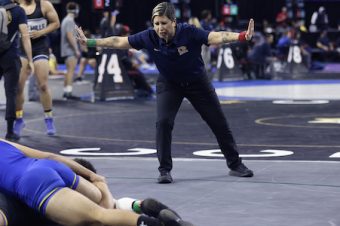
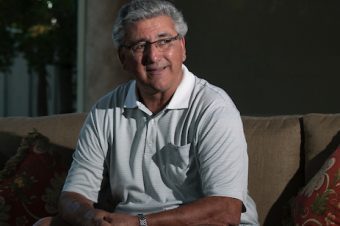


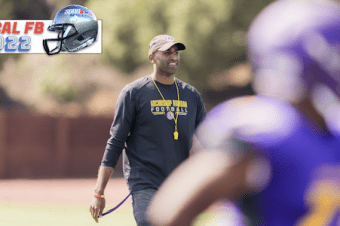
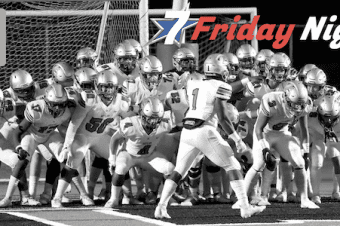
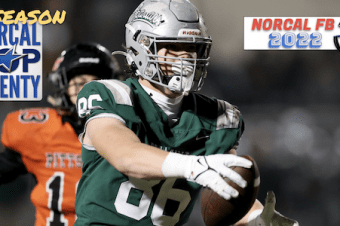

No comments so far.
Be first to leave comment below.